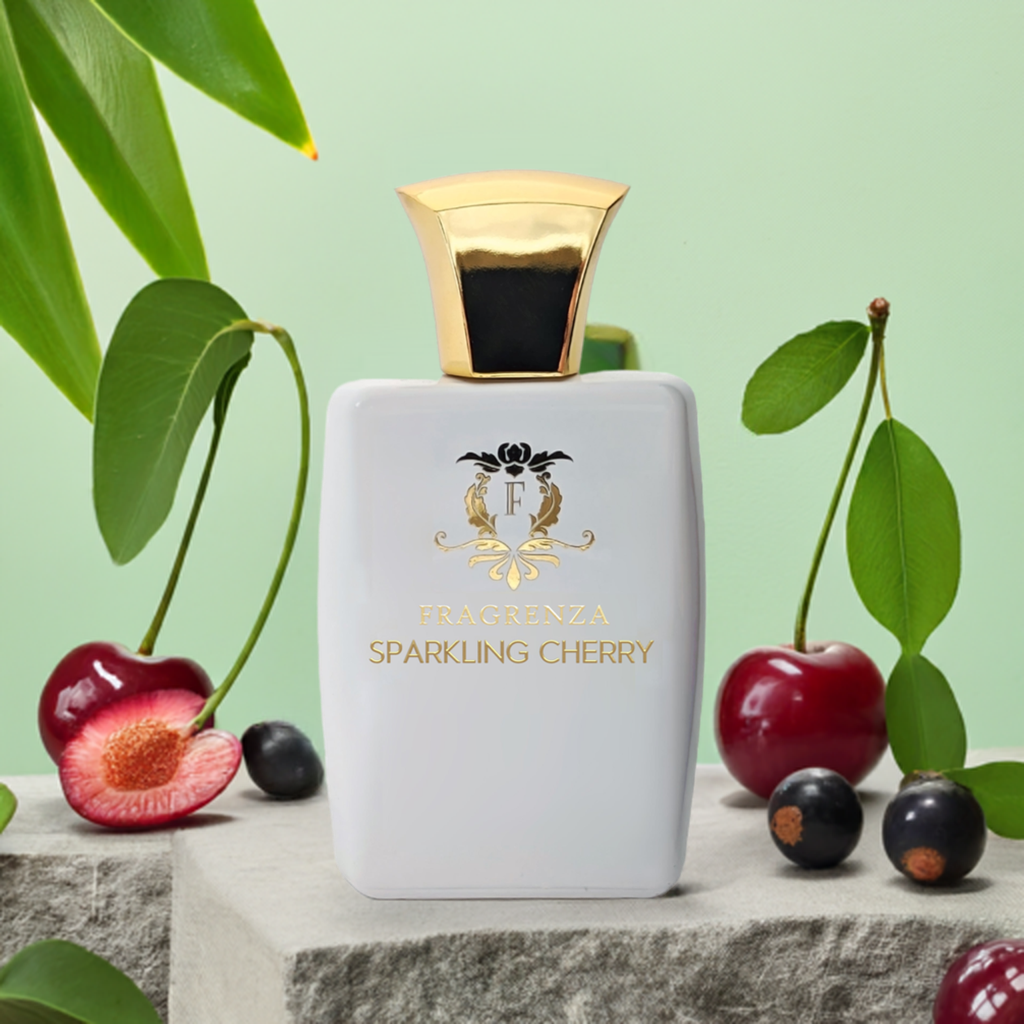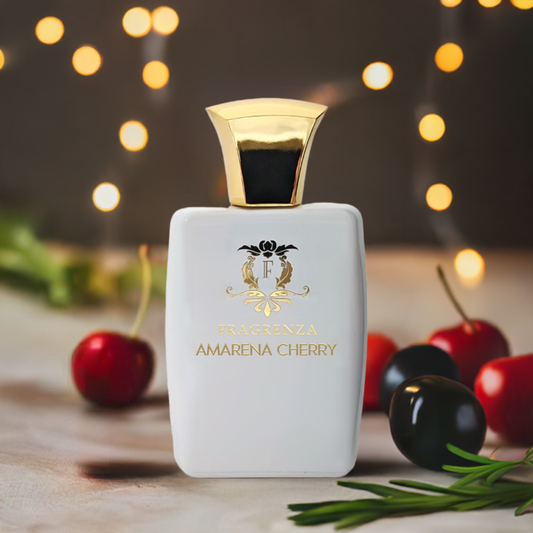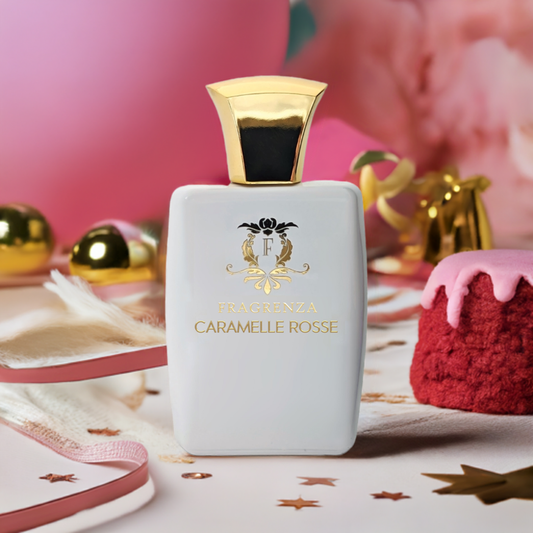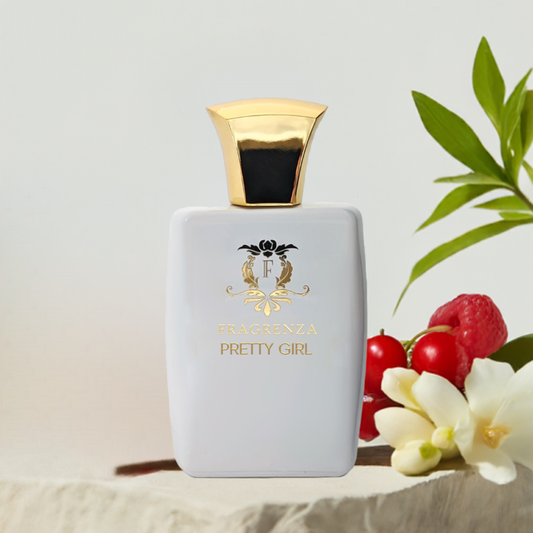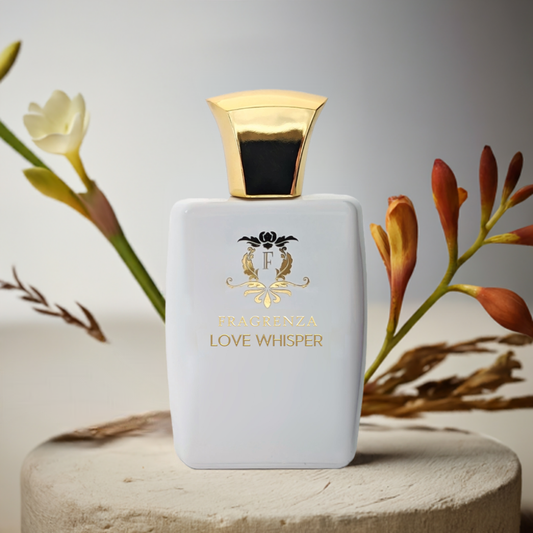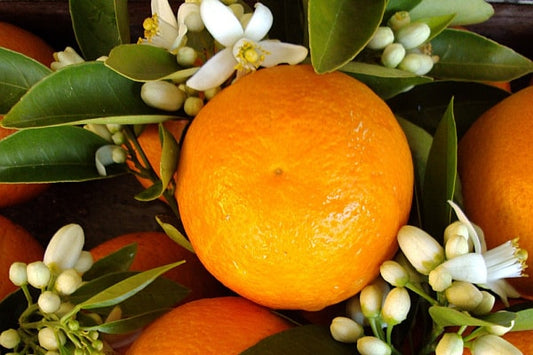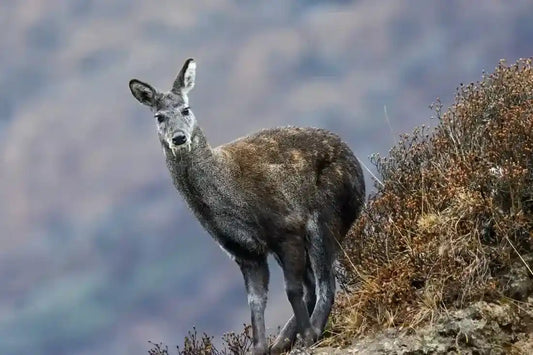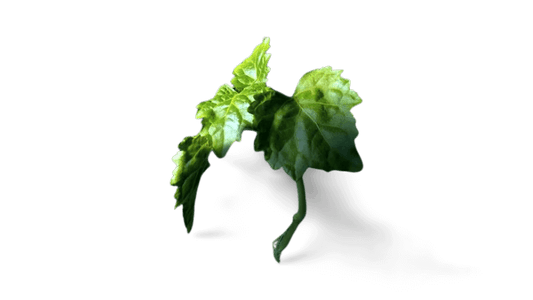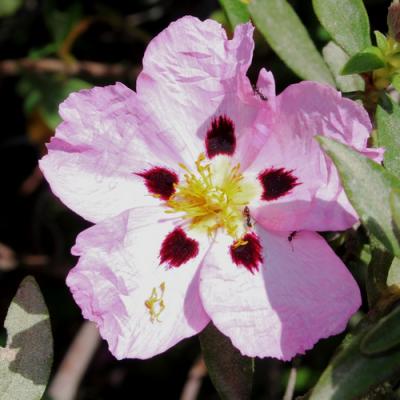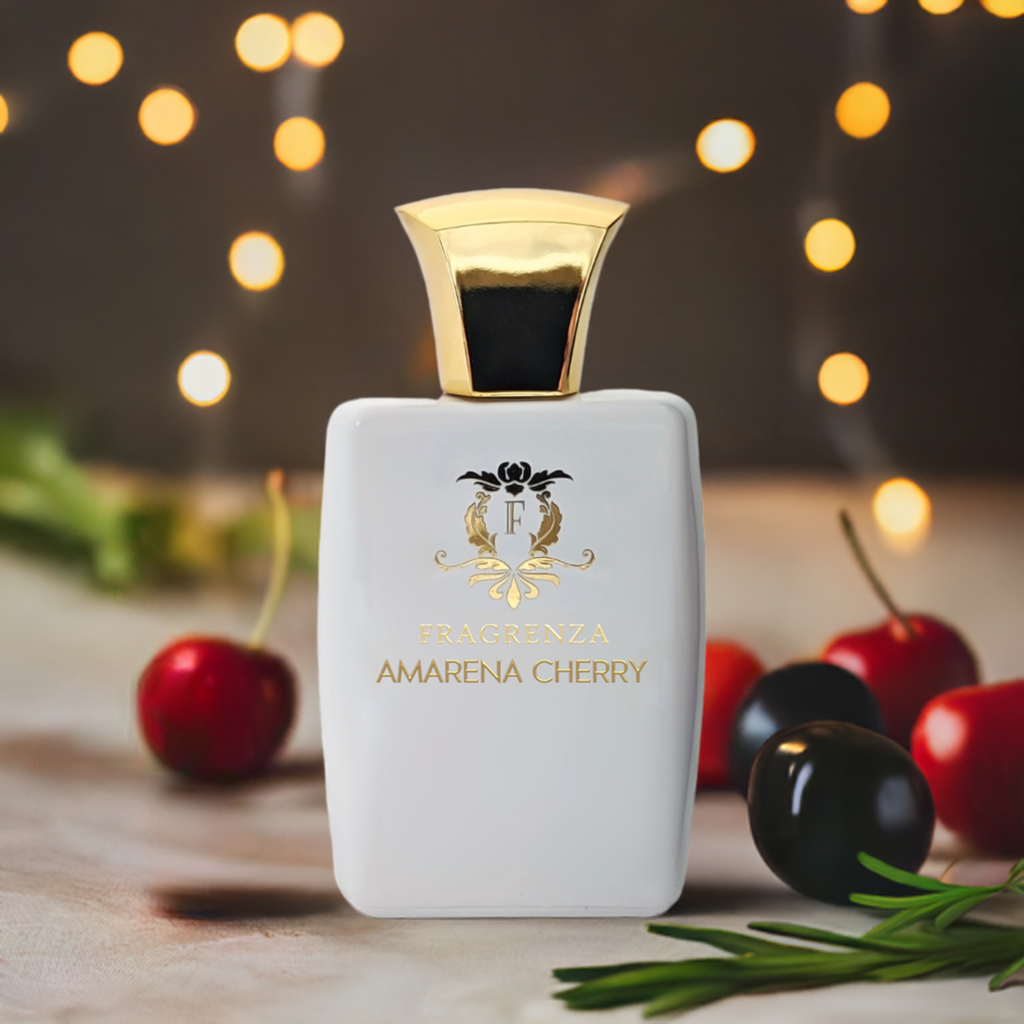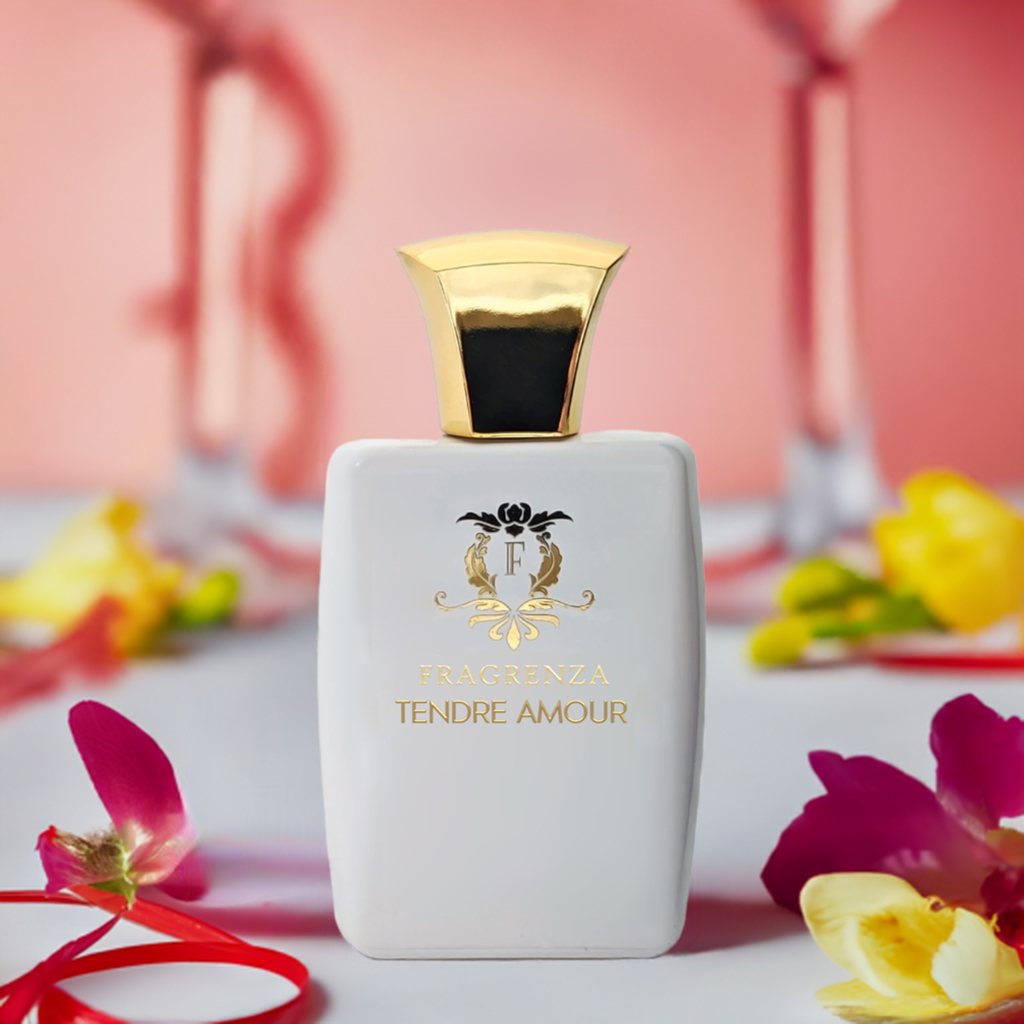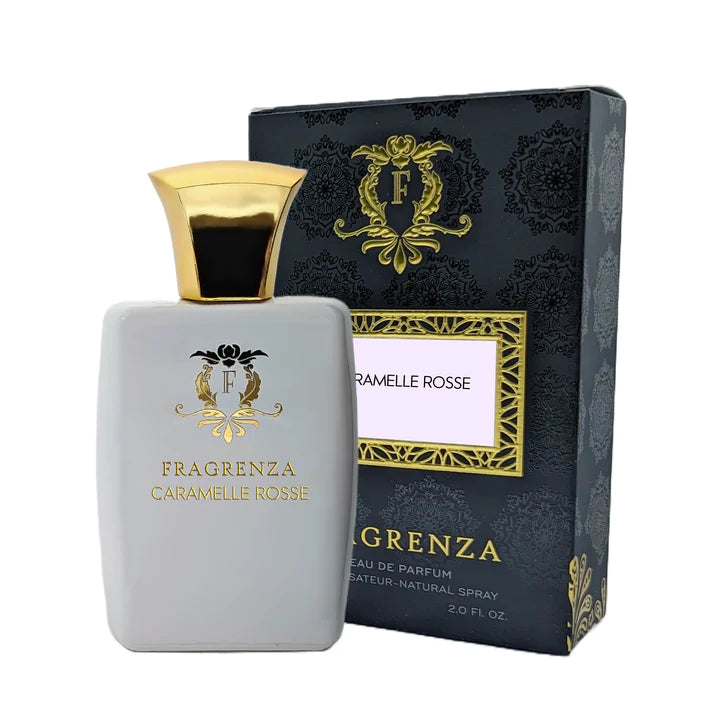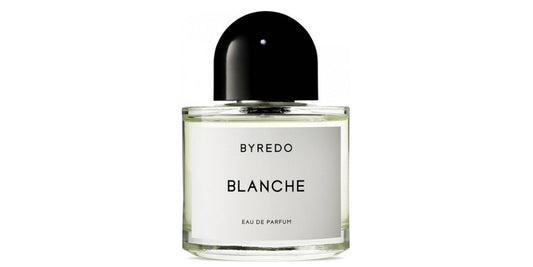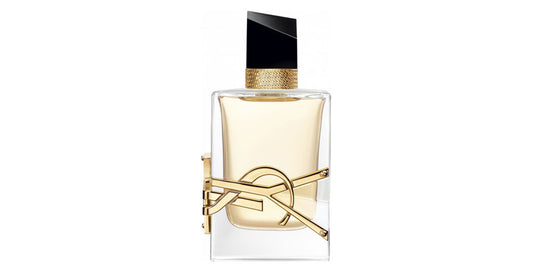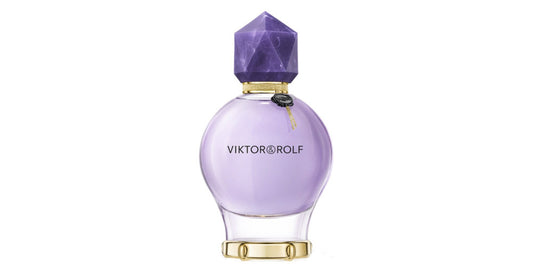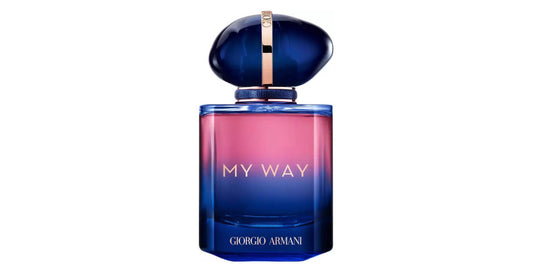What exactly is the composition of perfume?
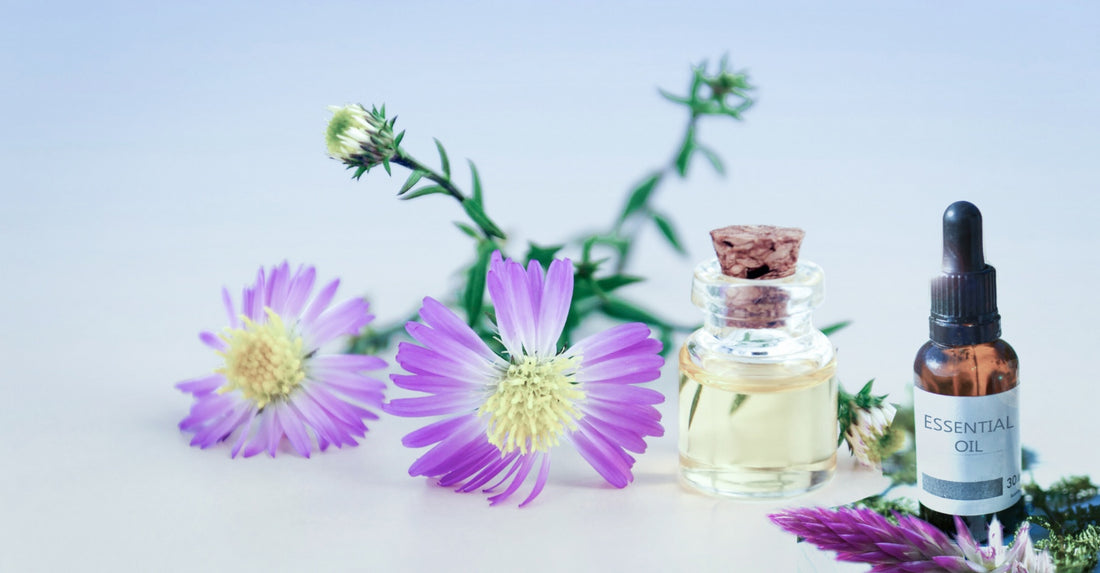
In This Article
Background
Humans have sought to hide or improve their odor from the beginning of recorded history by employing perfume, which mimics nature's pleasant fragrances. Many natural and artificial materials have been used to create perfumes for application to the skin and clothes, including cleansers, cosmetics, and air scenting. No two persons will smell the same when wearing the same perfume because of variations in body chemistry, temperature, and body smells.
Perfume is derived from the Latin words "per," which means "through," and "fumum," which means "smoke." Many ancient fragrances were created by pressing and heating natural oils extracted from plants. After that, the oil was burnt to fragrance the air. Most perfume is now used to fragrance bar soaps. Some items are even perfumed with industrial odorants to mask undesirable odors or appear "unscented."
While aromatic liquids for the body are commonly referred to as perfume, natural perfumes are defined as extracts or essences that include a proportion of oil distilled in alcohol. Water is also employed. With yearly sales in the billions of dollars, the United States has the world's largest perfume market.
History
According to the Bible, the Three Wise Men brought myrrh and frankincense to the infant Jesus. As sacred offerings, the ancient Egyptians burned kyphi incense composed of henna, myrrh, cinnamon, and juniper. They created a fragrant body lotion by soaking aromatic wood, gum, and resins in water and oil. The early Egyptians also scented their deceased, and deities were frequently ascribed distinct scents. The term for perfume in their language has been translated as "fragrance of the gods." "Perfumes are meals that revive the spirit," the Muslim prophet Mohammed is reported to have said.
Egyptian fragrance eventually influenced the Greeks and Romans. Perfume was essentially an Oriental art form for hundreds of years after the fall of Rome. It spread to Europe when Crusaders brought back samples from Palestine to England, France, and Italy in the 13th century. During the 17th century, Europeans discovered the therapeutic powers of scent. Doctors treating plague patients wrapped their mouths and nostrils with leather pouches stuffed with aromatic cloves, cinnamon, and spices in the hope that it would ward off the disease.
Perfume became popular among royalty at that time. King Louis XIV of France was known as the "perfume king" because he frequently used it. His court included a fragrant floral pavilion, and dried flowers were placed in basins throughout the palace to refresh the air, bathed with goat's milk and rose petals. Royal visitors were often sprayed with perfume, which was also applied to their clothing, furniture, walls, and dinnerware. Grasse, a region in southern France with numerous flowering plant species, rose to prominence as a perfume producer during this period.
Meanwhile, in England, aromatics were kept in lockets, pendants, and pomanders, which were worn to disguise bad smells and protect against disease. The English also used perfumed gloves, which became a fashion statement during the Renaissance.
Composition of Perfume Perfumes are generally made up of a combination of essential oils, aroma compounds, fixatives, and solvents. These ingredients work together to create a pleasant and long-lasting scent.
Essential oils: These are concentrated, volatile, and aromatic liquids extracted from plants, flowers, fruits, seeds, and other natural sources. They are responsible for providing the primary scent in perfumes. Examples include rose, jasmine, lavender, and sandalwood oils.
Aroma compounds: These are synthetic or natural compounds that provide a specific scent to the perfume. They can be used to replicate or enhance the smell of certain essential oils, or to create entirely new scents. Examples include vanillin, which has a vanilla scent, and coumarin, which has a sweet, hay-like aroma.
Fixatives: Fixatives are ingredients that help the perfume last longer by reducing the evaporation rate of the essential oils and aroma compounds. They can be natural, like ambergris and musk, or synthetic, like benzoin and coumarin.
Solvents: Solvents are used to dissolve the essential oils and aroma compounds and create a consistent and stable mixture. The most common solvent used in perfumes is alcohol, typically ethanol. However, water and oil can also be used as solvents, depending on the desired final product.
The process of creating a perfume typically involves blending these ingredients in specific proportions to create a unique and appealing scent. The final product is typically classified based on the concentration of the fragrance:
- Parfum or Extrait: This is the most concentrated form, containing 20-40% fragrance oils.
- Eau de Parfum (EDP): Contains 15-20% fragrance oils.
- Eau de Toilette (EDT): Contains 5-15% fragrance oils.
- Eau de Cologne (EDC): Contains 2-4% fragrance oils.
- Eau Fraiche: Contains 1-3% fragrance oils.
Perfume creation is a complex and artistic process, often involving the expertise of a perfumer or "nose" who carefully selects and balances the various ingredients to create a harmonious and captivating fragrance.
